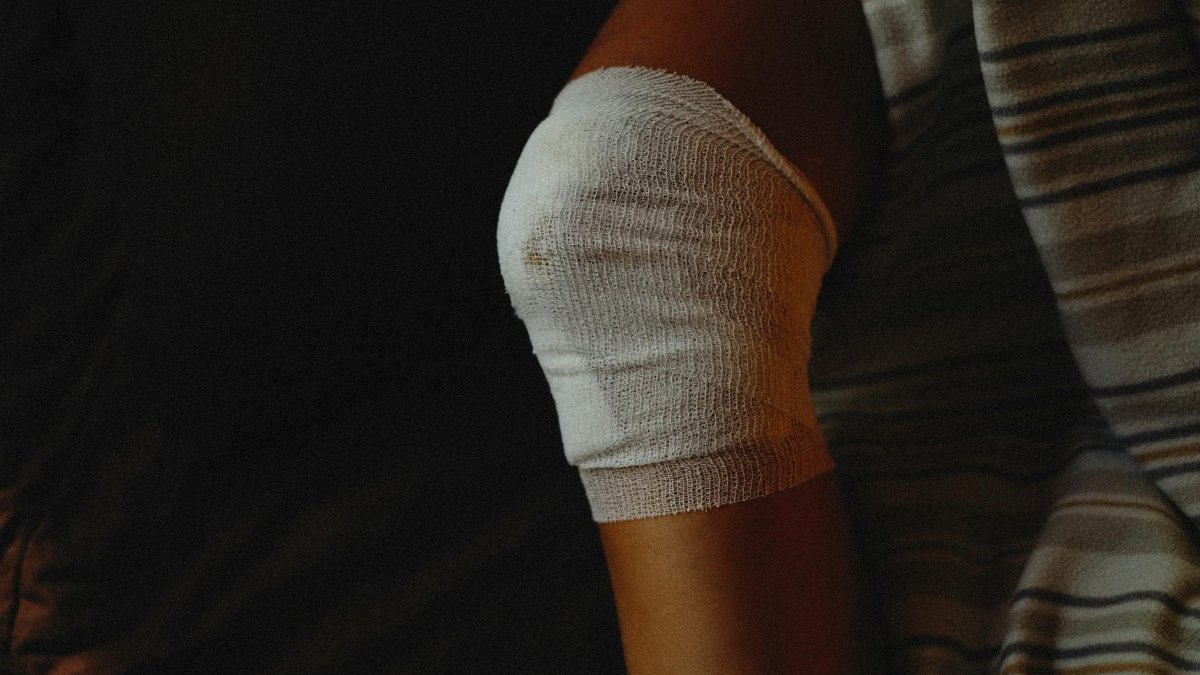The Rising Tide of Trauma Healing in the Big Apple

New data shows 40% of New Yorkers report chronic stress levels that disrupt daily life, according to a recent survey by the American Psychological Association. Amid this urban chaos, healing recovery strength is emerging as a key tool for rebuilding resilience. Experts say techniques rooted in trauma healing, like mindfulness and therapy, are helping residents bounce back stronger. This isn’t just feel-good talk; it’s a practical response to the city’s relentless pace, where deadlines and commutes pile on pressure. As 2025 kicks off, more locals are turning to these methods for real relief.
Understanding Trauma’s Grip on City Dwellers
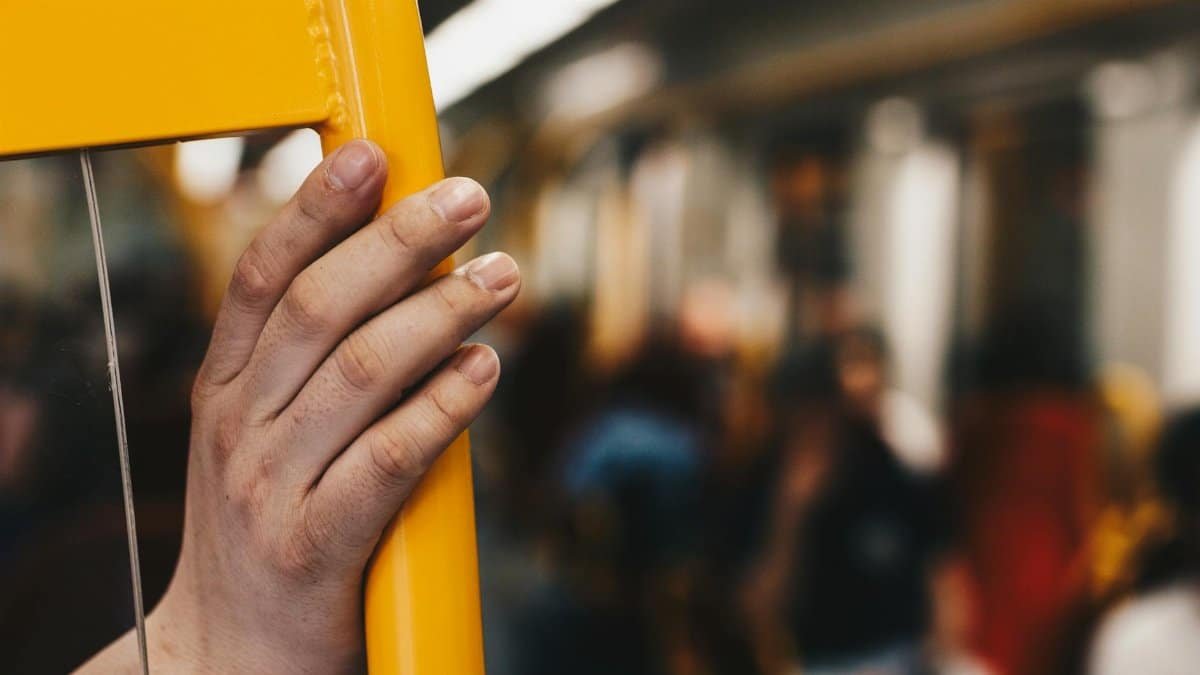
Trauma doesn’t always stem from dramatic events. In New York, it often builds from everyday stressors like job loss, relationship strains or the constant hustle. Psychologists define trauma as any experience that overwhelms the nervous system, leading to lingering anxiety. A study from the American Psychological Association highlights how urban environments amplify this, with noise and crowds contributing to heightened cortisol levels. For many, this manifests as insomnia or irritability, making simple tasks feel monumental.
Enter healing recovery strength, which focuses on restoring inner balance through targeted practices. Therapists emphasize that acknowledging past wounds is the first step. Without it, stress festers, turning minor irritations into major breakdowns. New Yorkers, known for their toughness, are learning that true strength comes from vulnerability, not suppression.
Key Techniques Gaining Traction
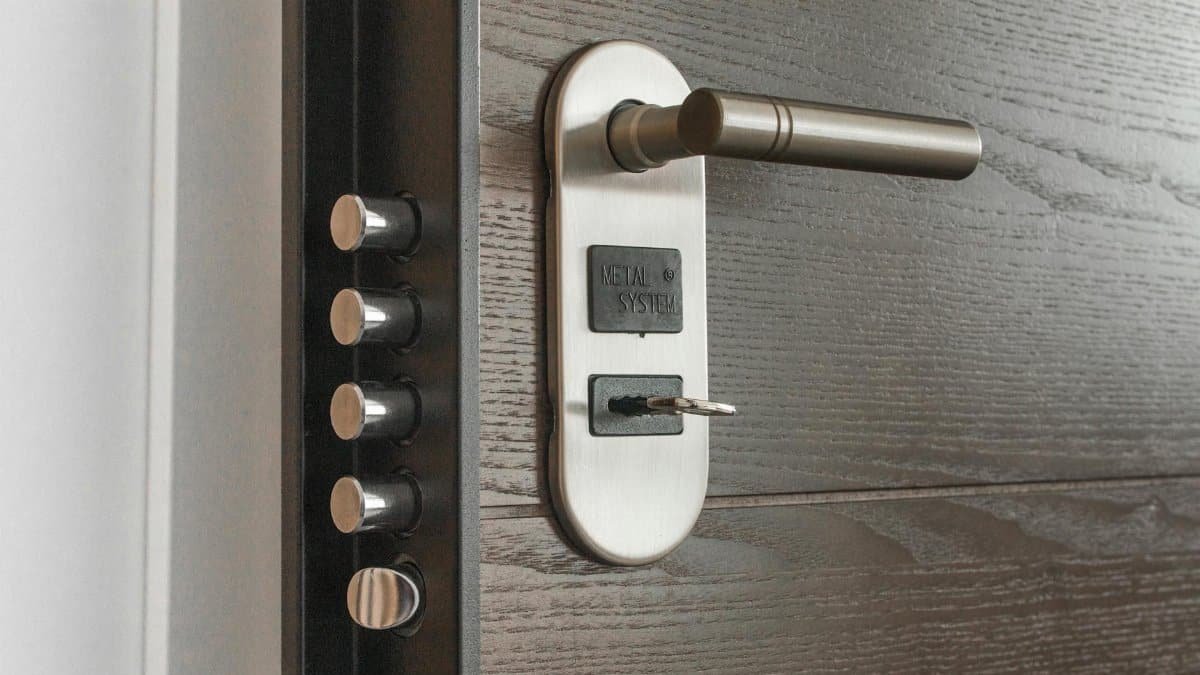
One popular method is Eye Movement Desensitization and Reprocessing (EMDR), which helps process traumatic memories. Clinics across Manhattan report a surge in sessions, with patients noting quicker relief from flashbacks. Another approach, somatic experiencing, tunes into bodily sensations to release pent-up tension. These aren’t quick fixes but build lasting healing recovery strength over time.
Yoga studios in Brooklyn incorporate trauma-informed classes, blending breathwork with gentle movements. Participants leave feeling grounded, ready to face subway delays or work demands. Experts from the Centers for Disease Control and Prevention back these practices, linking them to reduced inflammation and better mood regulation.
Real Stories from the Streets
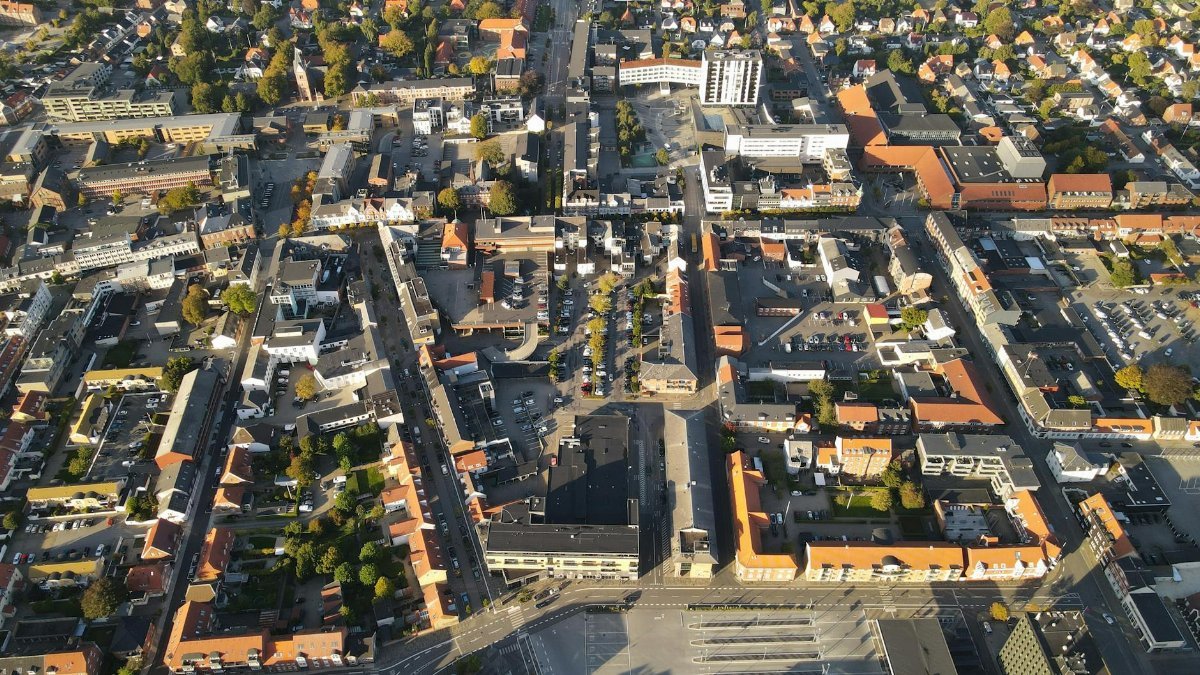
Take Mark Thompson, a 35-year-old finance worker in Midtown. After a brutal layoff last year, stress left him sleepless and on edge. He joined a trauma healing group and discovered journaling as a outlet. “It rebuilt my confidence,” Thompson said. “Now, I handle boardroom pressure without crumbling.” His experience echoes thousands in the city, where support groups are popping up in community centers.
Women like Lisa Rivera, a teacher in Queens, share similar wins. Post-pandemic burnout hit her hard, but mindfulness apps guided her recovery. These anecdotes show healing isn’t abstract; it’s transforming lives amid New York’s grind.
Challenges in Accessing Help

Not everyone can afford high-end therapy. Costs in New York average $150 per session, pricing out lower-income residents. Public options exist, but waitlists stretch months. Stigma also lingers, especially in competitive fields where admitting weakness feels risky. Advocates push for more insurance coverage, arguing that untreated trauma burdens the economy through lost productivity.
Nonprofits like the Trauma Resource Institute offer sliding-scale programs, but demand outpaces supply. In 2025, city officials eye expanded funding to bridge these gaps, recognizing stress as a public health crisis.
The Science Behind Recovery Strength
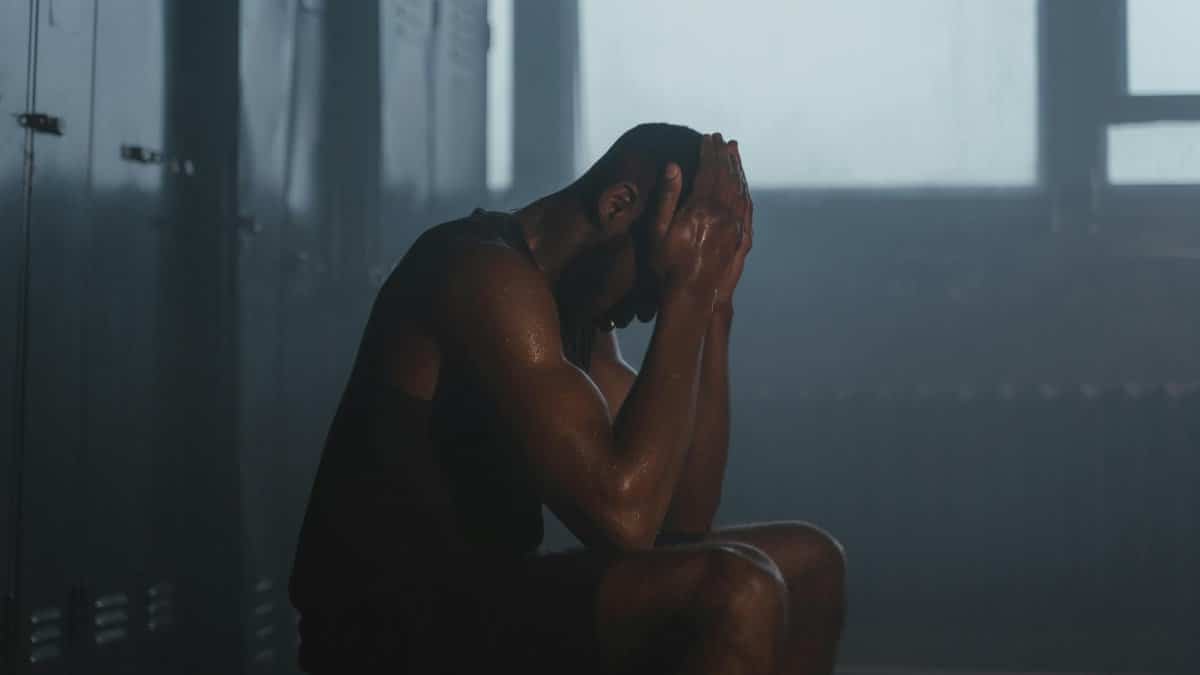
Neuroscience reveals how trauma rewires the brain, activating fight-or-flight responses excessively. Healing practices counteract this by fostering neuroplasticity, the brain’s ability to adapt. Research from Harvard Medical School indicates that consistent therapy can shrink the amygdala, the fear center, leading to calmer reactions.
Strength in recovery comes from rebuilding neural pathways. Simple habits like daily meditation enhance this, as shown in studies where participants reported 25% less anxiety after eight weeks. This science validates why New Yorkers are investing in these tools for long-term resilience.
Community Efforts Boosting Resilience
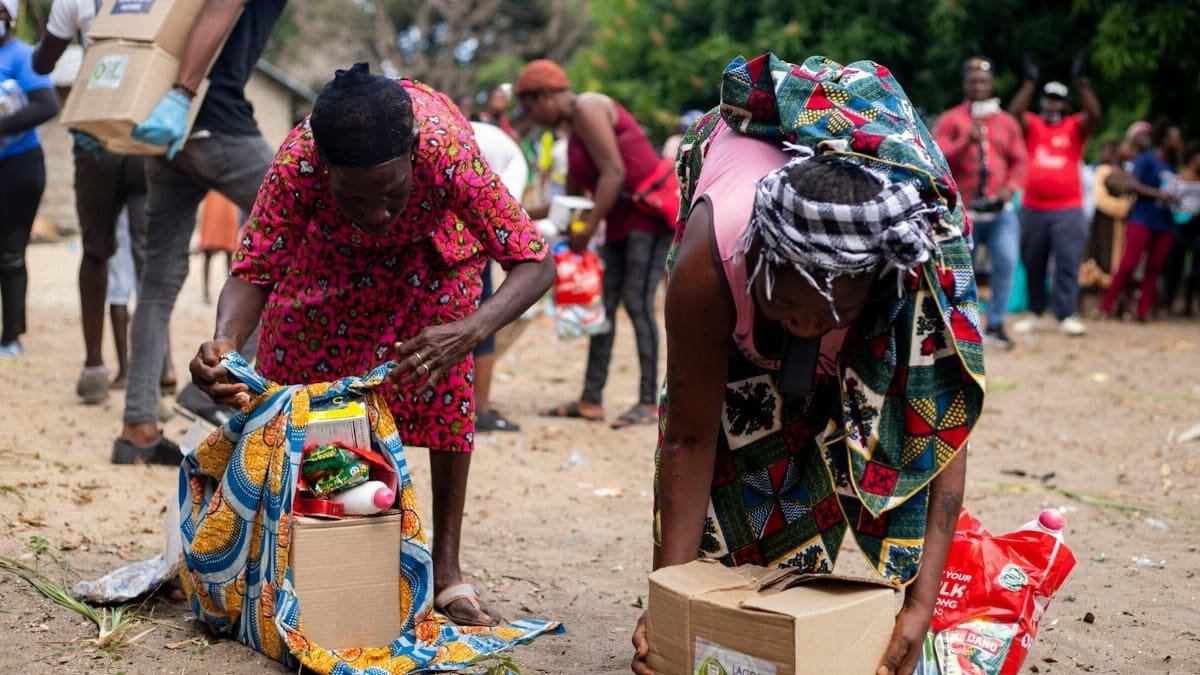
Local initiatives are stepping up. The New York City Department of Health runs workshops on trauma-informed care in underserved neighborhoods. Corporate wellness programs now include healing sessions, with firms like Google offering on-site therapists. These efforts aim to normalize mental health support, reducing isolation in a city of millions.
Grassroots groups host free events in parks, teaching breathing exercises to combat street-level stress. As awareness grows, more residents tap into collective healing recovery strength, turning individual struggles into shared victories.
Measuring the Impact on Daily Life

Users report tangible benefits: better sleep, sharper focus and stronger relationships. A poll by Gallup found that those engaging in trauma healing cut their stress by half within months. In fast-paced New York, this means fewer sick days and more productivity.
Beyond numbers, it’s about quality of life. Commuters handle rush hour with ease, parents juggle demands without snapping. Healing recovery strength equips people to thrive, not just survive, in the city’s intensity.
Looking Ahead: Sustaining the Momentum
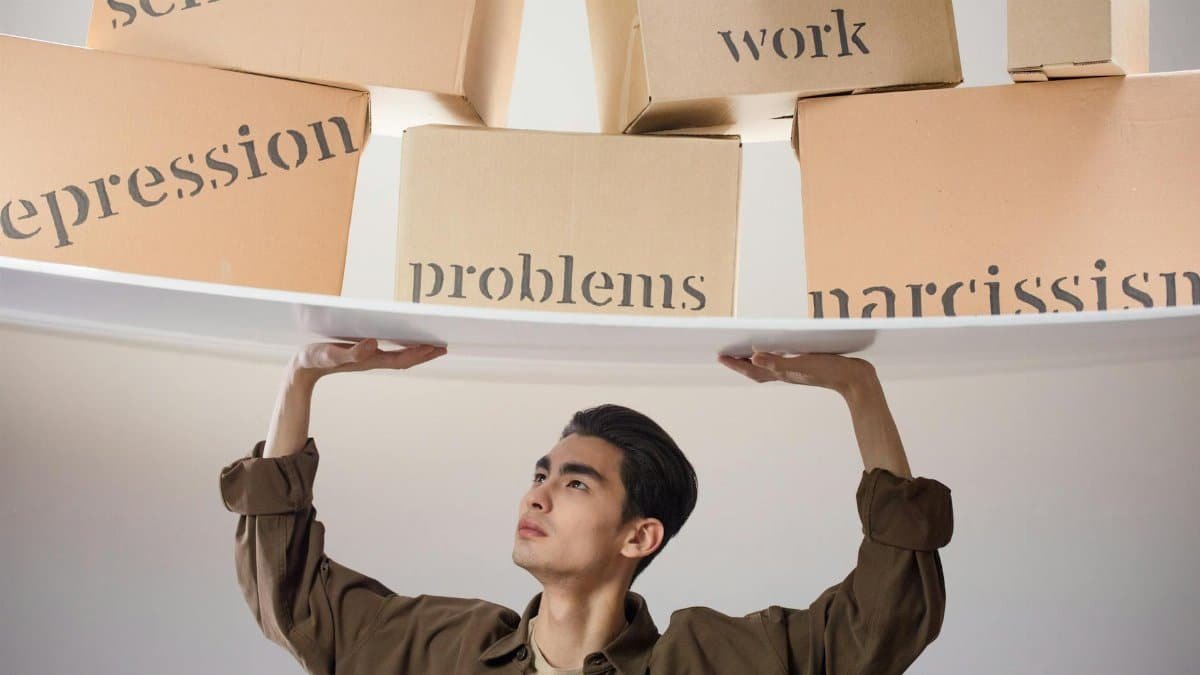
As 2025 unfolds, experts predict wider adoption of these practices. Teletherapy makes access easier, breaking down barriers. Schools incorporate resilience training, preparing the next generation. The key is consistency; one-off sessions won’t cut it. With ongoing support, trauma healing could redefine how New Yorkers manage stress, fostering a more resilient urban fabric.
